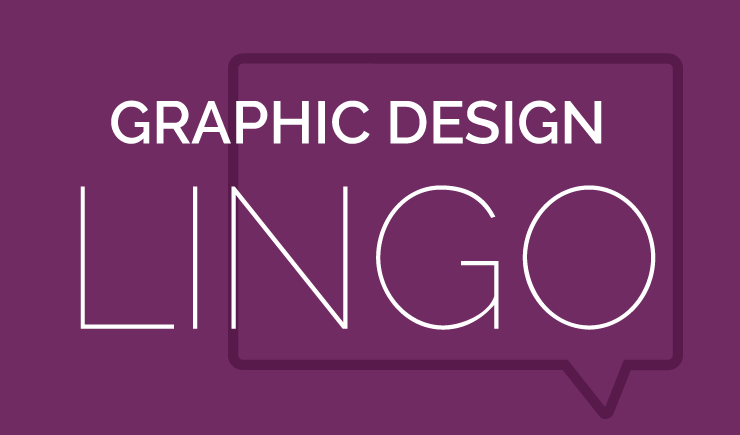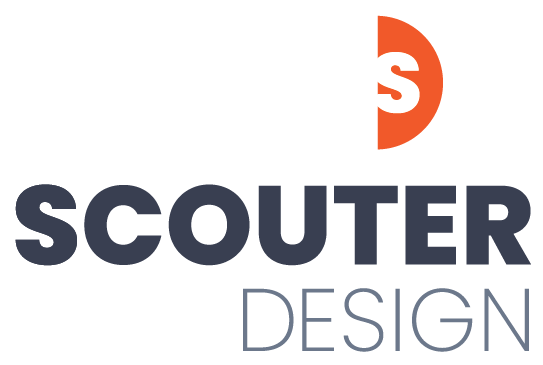
Every trade has its own technical language and designers are no exception. So what exactly are we talking about? Here are some common terms explained.
The Grid:
Grids are an underlying structure of columns and rows that aren't visible in the page layout. This structure allows us to organize text, images, graphics, and other design elements on a page in a multitude of ways without sacrificing readability and retaining hierarchy of information.
Hierarchy:
Hierarchy uses position, scale, type size, type weight, and color to help us see content in its order of importance. The most important elements can be bigger, bolder, a brighter color, or set apart from other elements while the least important elements recede closer to the background. This guides our eyes to the most important information first. If everything on the page was the same weight, we wouldn't be able to distinguish between what's important and what isn't.
White Space:
White space is not empty or unused space. White space is what allows our eyes to move easily from one element or text box to another depending on order of importance. I once had it explained this way to me: Imagine being in a city with no parks or open space. Not only would we feel constrained but we would have no reference point to help direct us. White space helps us to effectively navigate through a document, just as open space helps us navigate a city.
Negative Space:
Negative space is a term commonly used in logo design where the space that surrounds an element(s) forms an interesting shape or subject. Some examples include the hidden arrow in the Fedex logo or the panda in the WWF logo.
Font vs. Typeface:
These two words are used interchangeably but there is a difference! A font is one single member inside of a typeface. It can be bold or italic, extended or condensed, etc. A typeface is a family of fonts that include the whole library of various weights. For instance, Times New Roman is a typeface. Times New Roman bold is a font.
Serif vs. San Serif:
Serif fonts have little hooks or strokes at the end of a letter's stem. These hooks help guide our eye from one letter to the next, making it easier and faster to read. A serif font is a great choice for long documents with lengthy amounts of content on a page.
A sans serif font does not have these hooks. We see the increased use of sans serif fonts because of their simplistic and clean appeal; they hold up well when scaled up or down; and they tend to come in more weights, which makes them flexible for a range of materials, such as signage, mapping, and report design. When selecting a font, we should consider legibility and whether the font is appropriate for the theme of the piece being designed. Using comic sans for a bank's annual report would not be appropriate but it might be perfect for a child's lemonade stand.
PMS:
PMS, in the design world, stands for Pantone Matching System. This color system includes custom ink colors developed by Pantone that are used in offset printing and logo design. PMS and "spot color" are sometimes used interchangeably.
Pantone does expand its products to include other types of color systems, such as CMYK, metallics, and textiles. The goal is to provide designers with reliable color breakdowns that provide an accurate result when printed.
These are just a few terms designers use, but never feel like you can't ask for clarification. I'm guilty of being in situations where I nod my head like I totally understand and then run off to do a quick google search afterwards. Don't feel like you need to do that. We are happy to explain!
© Scouter Design
Follow me on Facebook: @ScouterDesign | LinkedIn: ScouterDesign

